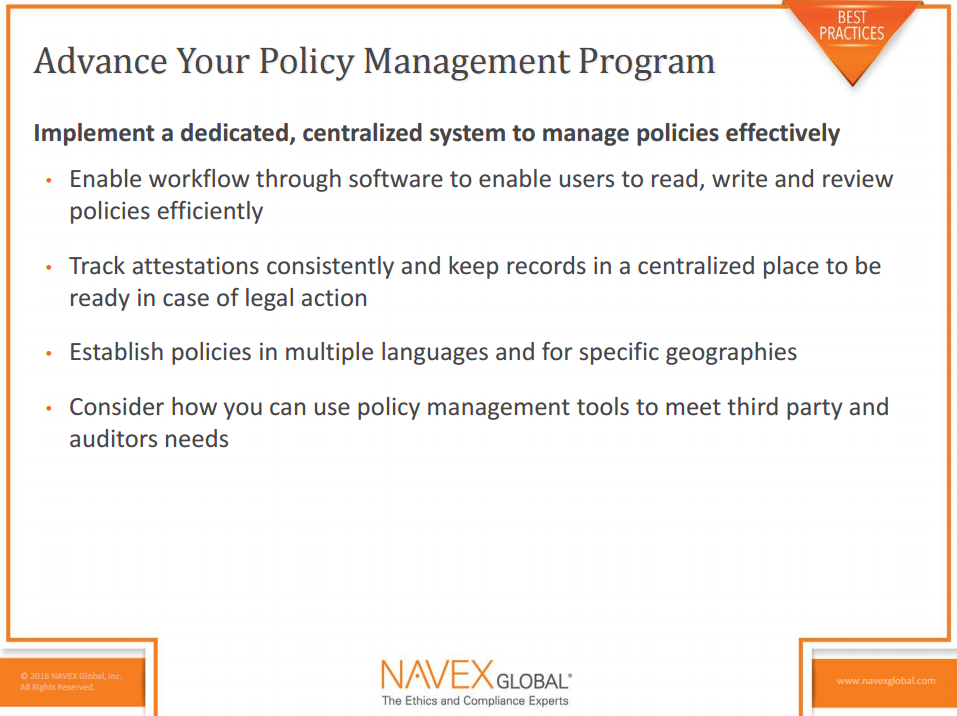Download our legal brief by Andrew Shaw with Baker & McKenzie LLP for more details on how to prepare for Ontario Bill 132, Sexual Violence and Harassment Action Plan Act.
New legislation out of Ontario aims to strengthen laws around workplace violence. Working with Andrew Shaw in the Toronto office of Baker & McKenzie, we've created a legal brief to help organizations prepare for the changes the Bill requires.
Below is an excerpt from the legal brief—download the full Ontario Bill 132, Sexual Violence and Harassment Action Plan Act Legal Brief here.
On September 8, 2016, new legislation in Ontario will go into effect requiring employers to investigate incidents or complaints of harassment or sexual harassment in the workplace. Employers with employees in Ontario will also need to build on their written harassment program and instruct workers on the program.
Even if your organization is not based in Ontario, the law may still apply. We’ve compiled the main points of the Bill—and what your organization needs to do to remain compliant—below.
New Requirements for the Harassment Program
Currently, employers are required to have a written harassment policy and program in place. The program covers how to implement the policy and, to comply with the amendments, will need to include:
- Measures and procedures for workers to report incidents of workplace harassment to the employer or supervisor (or another person if the employer or supervisor is the alleged harasser)
- How the employer will investigate and address incidents or complaints of workplace harassment
- How information about an incident or complaint will not be disclosed (unless disclosure is necessary to the investigation or corrective action, or is otherwise required by law)
- How a worker will be informed of the investigation results and any corrective action taken.
The program must be developed in consultation with the joint health and safety committee or health and safety representative, if any. The program needs to be reviewed at least annually.
New Duty to Instruct Workers on the Harassment Program
The OHSA amendments require the employer to provide a worker with “information and instruction that is appropriate for the worker on the contents of the policy and program with respect to workplace harassment.”
No other specifics for instructing workers are stipulated in the Bill. However, the amendments indicate that additional information which the employer needs to provide to workers may be prescribed.
To read the rest of the legal brief, including recommended steps for employers, download the full legal brief here.
To get support preparing your policies and training programs to meet Ontario Bill 132 requirements, reach out to an ethics and compliance solutions expert.








